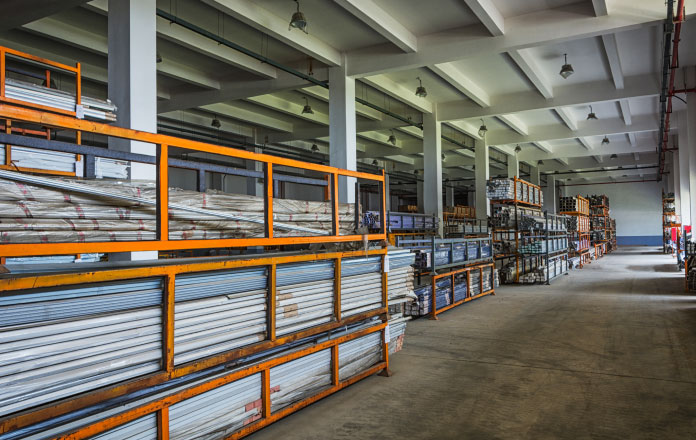HVAC duct manufacturing faces an imposing challenge. Demand is rising amid growing construction and an increasing awareness of indoor air quality issues, but new tariffs threaten raw material supply chains.
As disruptive as tariffs — and the whirlwind of changes they’ve exhibited lately — can be, this is an opportunity for manufacturers. Those who embrace revamped agile supply chain strategies can overcome these obstacles and learn to manage future challenges.
How Tariffs Might Impact HVAC Duct Manufacturing
Rising tariffs should concern HVAC duct manufacturers because much of their raw material comes from overseas. The U.S. produces just over half its refined copper domestically, relying on imports for the remaining 1 million metric tons.
While the Trump administration has rolled back many of its highest duties, a 10% baseline charge remains on all imports. As a result, copper and other duct materials from Latin America or other nations will be roughly 10% more expensive for manufacturers.
The uncertainty around future import duties may also pose challenges. With rumors swirling about high tariffs, copper futures hit a record high of $5.35 per pound in March before the Trump administration formally announced any. While prices fell below the $5 mark again after the announcement, the spike showcases market volatility amid a lack of clarity.
Tariffs from the U.S. may also heighten geopolitical tensions, potentially leading to new trade restrictions. Even if no such events occur, the threat of their possibility may cause supply chain partners to react, leading to higher prices, delays or the need to switch suppliers.
How Manufacturers Can Maintain Agility
Facing these concerns, HVAC duct manufacturing must adopt agile supply chain strategies. While many companies rely on lean philosophies that prioritize efficiency and waste reduction, agile emphasizes resilience.
Distributed sourcing is a pivotal agile philosophy to consider. Trade uncertainty means sourcing from a single nation quickly turns expensive when that area experiences disruption. Relying on a wider network will prevent such extreme responses, which is why 72% of all companies had defined supplier diversity goals even as early as 2023.
Getting a greater share of resources from domestic sources will also help. Metals like 3003 aluminum, which is among the most in-demand aluminum alloys, are readily available within the U.S. Reforming production around these domestically produced alternatives can offset tariff costs by reducing reliance on international trade.
Visibility is another core tenet of agile supply chains HVAC duct manufacturers must embrace. Businesses that use real-time tracking technologies have seen lower inventory inaccuracies, which makes it easier to know when to order more to increase safety stocks ahead of potential shortages.
Cloud management software and IoT sensors can give manufacturers a real-time view of their entire supply chains to support such transparency. In addition to tracking shipments and inventories, this data can reveal when some third parties may experience a disruption. Recognizing such situations early is vital for responding effectively.
Tariff Concerns Demand Changes in HVAC Duct Manufacturing
Tariffs and the geopolitical trade tension they bring are concerns for the manufacturing sector. However, HVAC duct producers should take this obstacle as an opportunity. It’s an ideal time to move away from lean supply chain practices and embrace the resilience of the agile philosophy.

Emily Newton has nine years of creating manufacturing articles under her belt. She loves helping people stay informed. Her work in Machine Design, American Machinist and Design and Development Today, showcases her ability to identify newsworthy stories. When Emily isn’t writing, she enjoys building lego sets with her husband.



